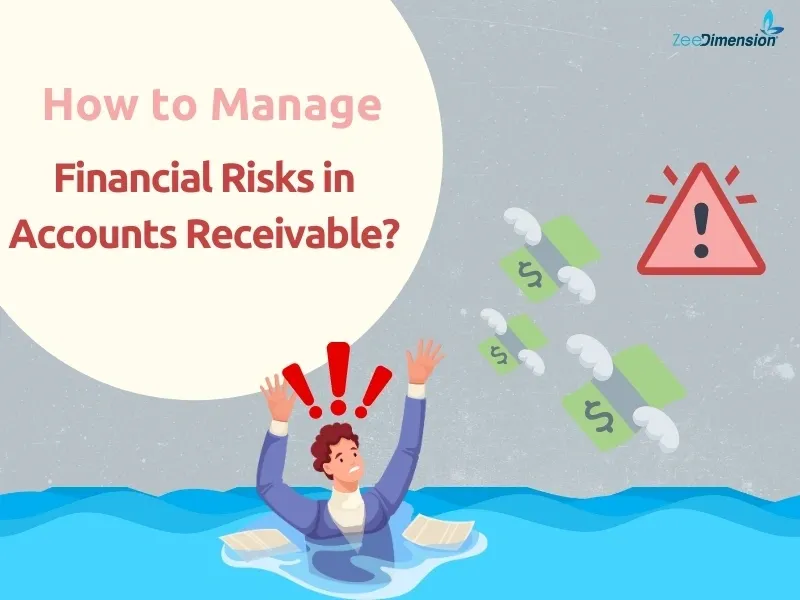
Managing Financial Risks in Accounts Receivable:
– Key Analytics for Protecting Your Bottom Line
– Effective AR management is crucial for maintaining financial health. Explore the key analytics that help mitigate risks and ensure stable cash flow.
Debtors Age Analysis
Risk: Ineffective follow-up on outstanding payments
Action: Recompute debtor balances to prioritize overdue payments. Ensure timely follow-ups to reduce the risk of bad debts.
Debtor Balances vs. Credit Limits
Risk: Inaccurate or overstated account balances
Action: Compare closing balances with credit limits. Take proactive steps like adjusting terms or suspending credit to minimize financial exposure.
Debtors with Credit Balances
Risk: Unaddressed credit balances leading to inaccuracies
Action: Identify and investigate credit balances to resolve overpayments or credit notes, ensuring accurate financial reporting.
Outstanding Debtors > 60 Days
Risk: Potential collection issues with long-overdue debts
Action: Extract data for invoices outstanding for more than 60 days. Prioritize follow-ups to improve recovery chances and reduce bad debt risk.
Customers with No Credit Limits
Risk: Unregulated purchases and increased financial risk
Action: Identify customers without assigned credit limits. Enforce credit policies to manage and regulate credit exposure effectively.
Changes to Customer Credit Limits
Risk: Unauthorized changes increasing financial exposure
Action: Track all changes to credit limits. Monitor for unauthorized modifications to prevent potential credit limit abuses.
Conclusion
Title: Proactive AR Management is Key
Takeaway: Regular monitoring and timely action based on these analytics are essential to protecting your bottom line. Implement these strategies to maintain healthy cash flow and minimize financial risks.
🎞️ 𝑭𝒐𝒓 𝒎𝒐𝒓𝒆 𝒅𝒆𝒕𝒂𝒊𝒍𝒔 𝒂𝒏𝒅 𝒊𝒏𝒇𝒐𝒓𝒎𝒂𝒕𝒊𝒐𝒏, 𝒇𝒐𝒍𝒍𝒐𝒘 𝒖𝒔 𝒐𝒏 𝒀𝒐𝒖𝑻𝒖𝒃𝒆 𝒂𝒏𝒅 𝒘𝒂𝒕𝒄𝒉 𝒎𝒐𝒓𝒆:







